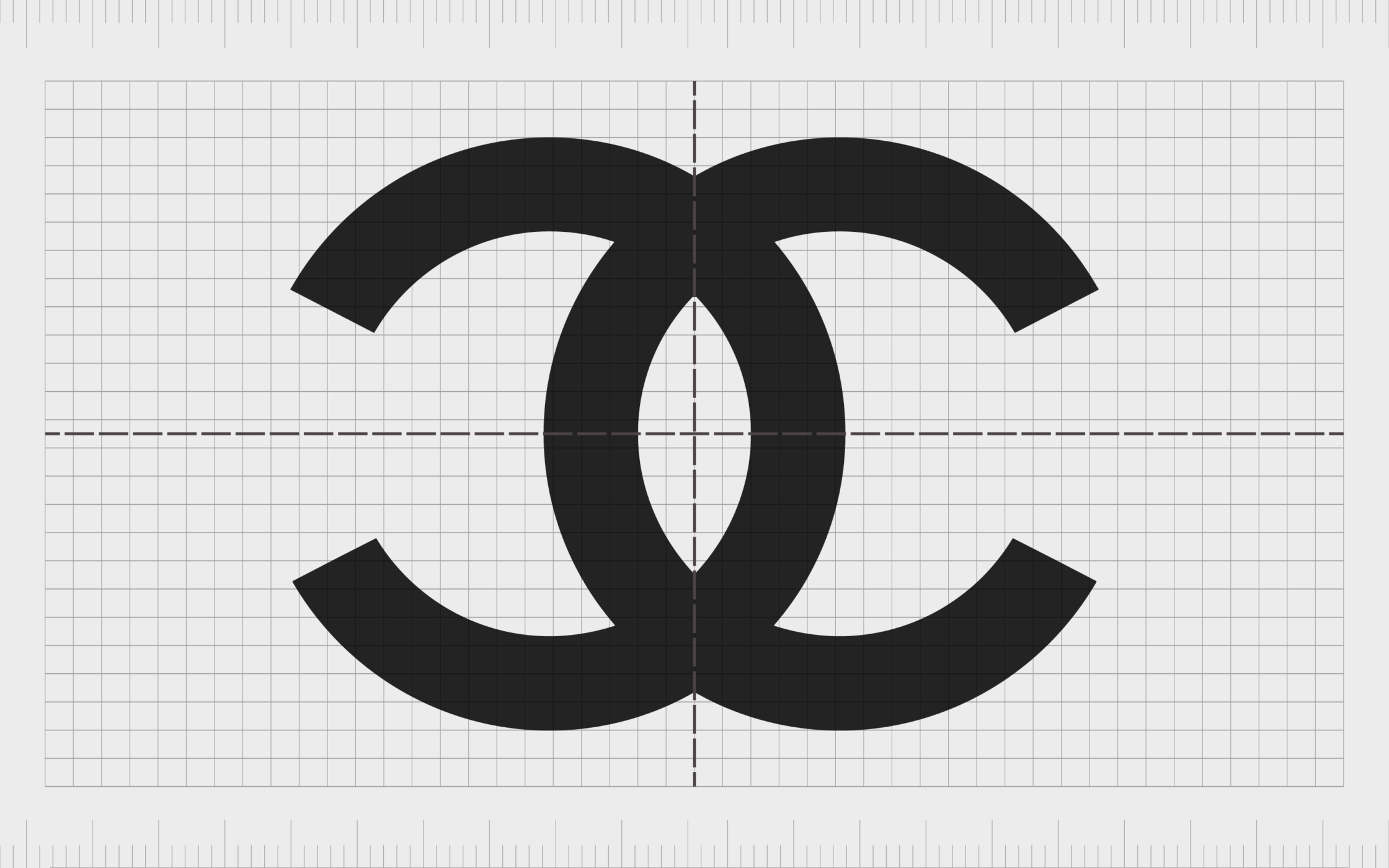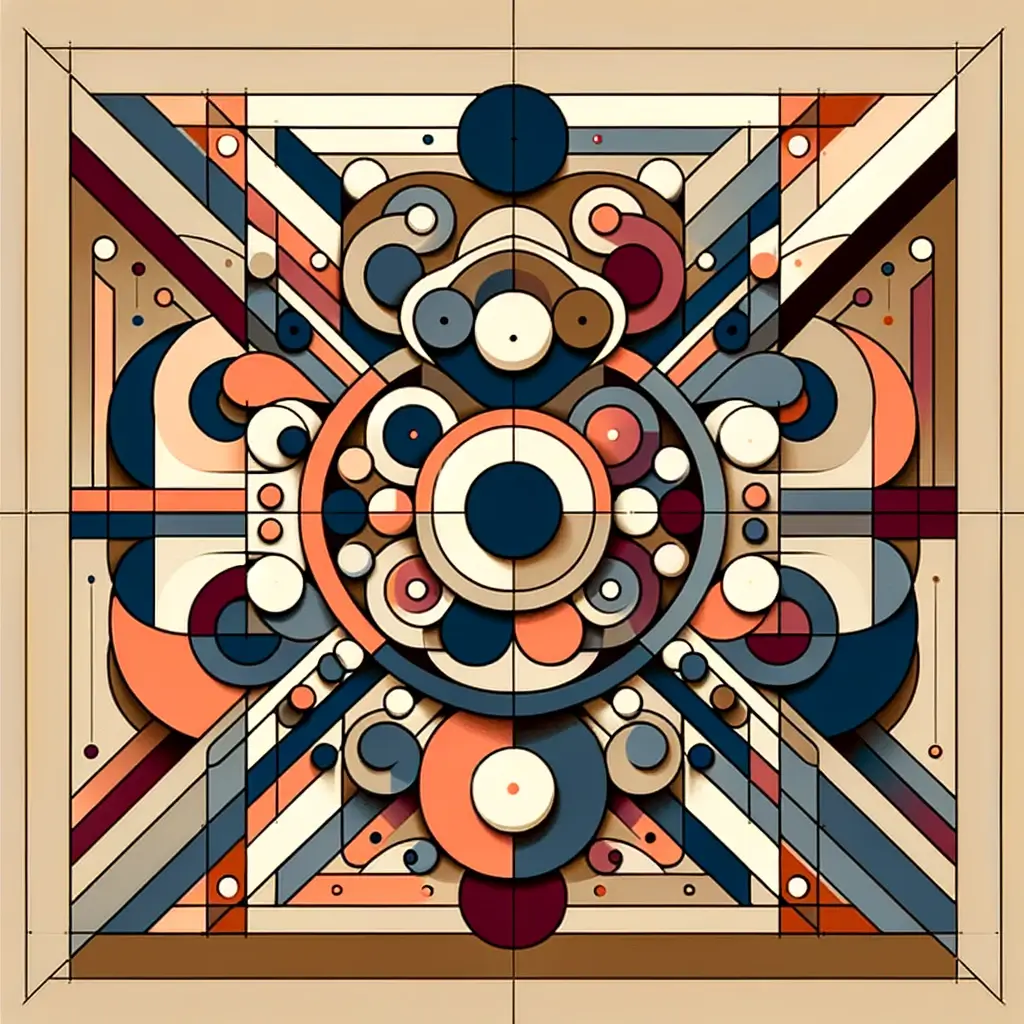Table Of Content

Apple doesn’t fall short in design and balance, and its page for the Apple iPhone 12 is no exception. The iPhones are placed equally on the screen while the text on top is on even lengths on both sides. Reflection symmetry is where one half of the image reflects the other half. Symmetrical balance in design allows the viewer's eye to achieve a stronger sense of the message being conveyed.
Basic Visual Design Principles
Balance can be achieved with symmetric, asymmetric, radial, or mosaic approaches. Also known as "white space," this design element uses space as part of the design. It can also use the other elements to create the illusion of added information, which tricks the eye into thinking something is there. The five most basic principles of design are unity, hierarchy, repetition, alignment and contrast, but there are many more design principles that you can put into practice. This infographic illustrates how it’s possible to use varying types of content to create balance. Another way to organize this information would have been to align the tips from left to right.
Examples Of Symmetrical Balance
Repetition is one of the easiest design principles to use in your designs. So it’s wise to have a soft touch when repeating visual elements. Repetition refers to using identical or similar elements in various points throughout your design. It’s one of the best ways to achieve hierarchy, rhythm, movement and — ultimately — unity. This principle is often used for headings, patterns, lines and shapes. Finding it hard to understand the concept of balance in design principles?
What is visual balance? And what is symmetry?

Basic visual design principles form the foundation of effective visual communication. Balance, contrast, emphasis, proportion, and harmony guide designers in creating visually appealing and coherent works. Mastery of these principles ensures clarity and impact in design outcomes.
The letter above is clean and simple looking due to the careful arrangement of surrounding space, slightly weighted towards the bottom and with generous margin space. The reader is given the impression that the kitchen, food preparation and service are equally clean and elegant. Lines leading to the corners of a design act as arrows, throwing the design off balance by pulling attention towards the corners.
Principles of Design and Their Importance
To make a design really stand out, designers might find it easier to use textures. But to do this without losing out on the overall balance they tend to have a large area of solid color or smooth texture. And they combine this with a small area, or areas, consisting of an interesting texture. This automatically creates a balanced effect despite the combination of textures in the other areas. Leveraging the power of balance in design, some designers intentionally create an off-balance design when they have to trigger certain emotions.
Frequently asked questions about principles of design
This balance between the aspects of creating disruptive variety and a consistent tone is covered in our next point. Variety creates a visual break in your communication so that it isn’t overly predictable. The first reason customers lose interest in your messaging is they expect to see the same thing from the same brand without any novelty. Any seasoned designer would tell you that emphasis can make or break an advertisement.
Contrast refers to how different elements are in a design, particularly adjacent elements. Contrast is also a very important aspect of creating accessible designs. Insufficient contrast can make text content in particular very difficult to read, especially for people with visual impairments. Another excellent example of an off-balance or discordant balance design is this one from Cadbury. The chocolate company created this campaign for charity, and this type of balance in design is the most ideal for this kind of ad. It is intended for use if you want viewers to feel uncomfortable or to make them pause and ponder.
How to get balance in interior design for rooms with harmony - LivingEtc
How to get balance in interior design for rooms with harmony.
Posted: Thu, 05 Jan 2023 08:00:00 GMT [source]
Remember that the average human brain can call out a lack of visual balance. Every design in the world is different, and each artist adds their touch to their creations, yet, the principles of design remain the same. The human eye is naturally inclined to seek out proportions and balance and follow the natural progression of any piece of visual art. Proportion is one of the easier principles of graphic design to understand.
Because the content is scientific, these elements are a perfect match. For some reason, it doesn’t seem as good as the original template. It can pass as a good design, but Julie wants to make it great. Use of this site constitutes acceptance of our Terms of Service & Privacy Policy. Writing Commons LLC benefits from affiliate sales linked on our website. Avoid letting your customers to mistake the situation for being redirected to an entirely different brand.
Both the logo and navigation bar are centered, but they don’t appear to be visually centered. My eye wants the logo to be centered on the ampersand, or at least closer to it. The three menu items on the right side of the navigation bar have more letters than those on the left.
With balance from eye direction the attention that higher visual weights get will be neutralized. This can be achieved by using light colors or smaller elements in the direction that is emphasised. The design principle of balance is the issue of visual “weight.” Compositional balance is achieved when these competing visual weights are roughly equivalent. The “job” of balance in a work of art is to lead a person’s eye around a two-dimensional or three-dimensional work of art. Pattern uses a repeated arrangement of elements to create consistency and unity throughout. Patterns can be regular or irregular, symmetrical or asymmetrical balance.
But by placing them all on the right and adding colorful illustrations on the other side, the designer struck the perfect balance. The principle of design used to govern the usage of white spaces comes into play with minimalist designs in a significant way. It can create balance, improve the standard or level of design, and reduce clutter. Designs with more white spaces are referred to as “clean” pieces of work. You will find this type of balance in art, interior design, and graphic design of all forms.
Contrast symmetry and asymmetry in your composition to make elements get more attention. The first image is an example of symmetrical balance, and the second is an example of asymmetrical balance. Designers can also create balance by tweaking the shape of elements in a way that suits their preferred mode of visual balance.

No comments:
Post a Comment